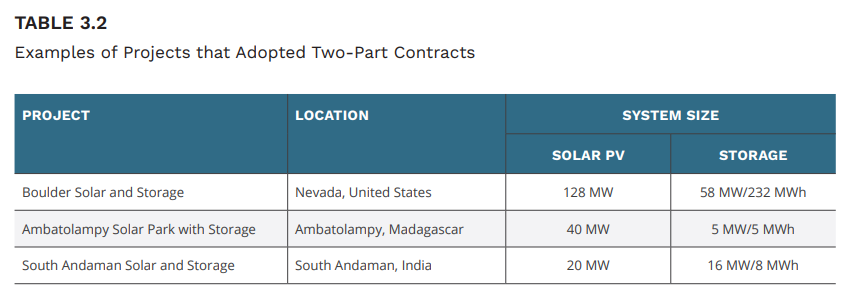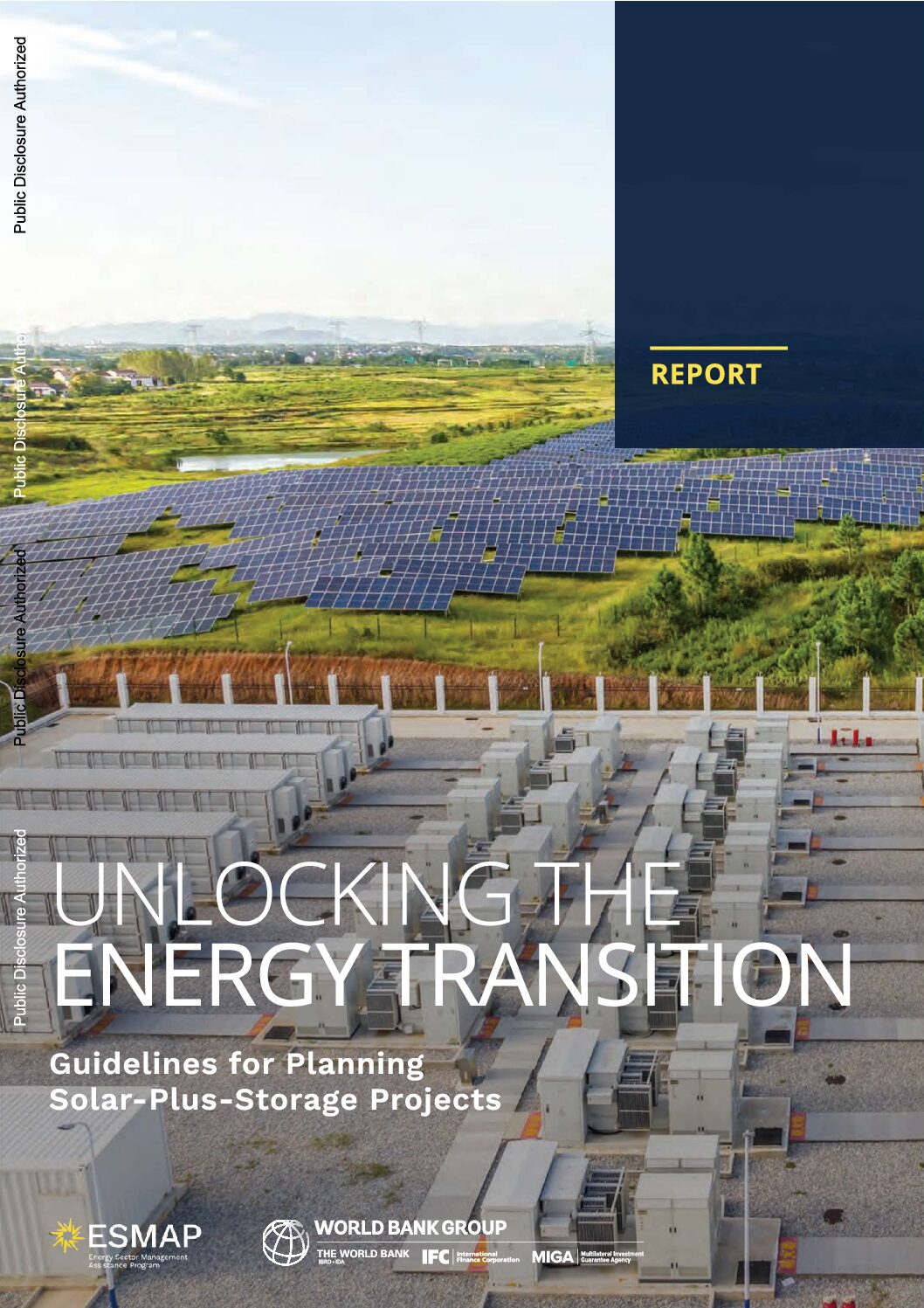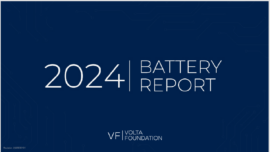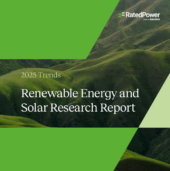A recent report from the World Bank on energy storage program, introduced a framework for addressing intermittency challenges in solar and wind energy. The proposed solution involves integrating battery energy storage to manage variable energy output effectively.
This report is by the Energy Management Assessment Program (EMAP) in collaboration with the World Bank (WB), the International Finance Corporation (IFC), and the Multilateral Investment Guarantee Agency (MIGA). The report shares a comprehensive guide for constructing solar-plus-storage projects. It highlights initiatives in hybridizing solar and storage, citing the example of the 2020 project by the Solar Energy Corporation of India (SECI), providing 600 MW of firm power for 6 hours and 300 MW for 11 hours at a fixed off-peak price.
Recent report suggests that, over the past three years, the World Bank has mobilized approximately $850 million in climate financing for battery storage projects globally. It includes 5.5 GWh of storage capacity which is already operational and 3.7 GWh more in the pipeline across the developing world. It claims that last fiscal year, the world bank helped finance India’s largest battery project to date, a 120 MWh facility awarded by SECI, which reflects the power of collective climate action.
Another noteworthy initiative mentioned in the report is the Round-the-Clock (RTC) III project, tendered in 2022, adding 2.25 GW with a requirement of maintaining 90 percent availability. This underscores the cost-effectiveness and reliability of hybrid, renewable-based projects. Furthermore, India’s 2023–24 budget allocated funding for 4 GWh of grid-scale batteries, as per the Indian Ministry of New and Renewable Energy (2023).

ESMAP Makes Case For Energy-Plus Storage In India
To illustrate the effectiveness of renewable-plus-storage, the report examines the case of SECI in India. The Solar Energy Corporation of India’s Peak Power Supply procurement for renewables plus storage project awarded contracts to Greenko and Renew Power. These contracts permit the integration of renewables with storage capacity for firm power, each with specific tariffs for peak and off-peak periods.
The report delves into a two-part contract model supporting renewable energy integration, increased penetration, and grid stability. It discusses a blended energy contract with time-bounded differentiated rates in the context of India, emphasizing payment on supply at the delivery point corresponding to the contracted capacity. The report addresses compensation for energy shortfalls during peak and off-peak periods, as well as excess generation paid at a fixed 75 percent of the off-peak tariff.
In contrast, SECI data indicates a system providing 1,200 MW of renewable energy plus storage, ensuring a guaranteed peak power supply for six hours a day. Greenko and ReNew Power won contracts with specific peak and off-peak tariffs.
India’s Peak Power Supply Power Purchase Agreement (PPA) implements time-differentiated tariffs to bridge the demand and solar PV production mismatch. Solar-plus-storage projects are seen as potential replacements for thermal generators serving as peakers. Contracts guaranteeing 24/7 power supply with high availability, such as India’s RTC power supply PPA, exemplify this shift toward renewables.
The report notes the exclusion of storage-only projects from the hybrid definition, although some countries, including India and South Africa, have initiated tenders for such projects.

India’s adoption of the blended energy contract with time-differentiated rates is detailed in the report. It provides specific examples of firm power supply contracts for peak and off-peak hours, showcasing the versatility of renewable energy (PV and wind) combined with storage. The report concludes by presenting a use case of RTC II India (2020), illustrating pricing for guaranteed capacity utilization.
It also finds that India has adopted the Blended Energy Contract with Time-Differentiated Rates, in provides which India 600 MW of firm power for peak hours at $86/MWh for a 6-hour period and 300 MW of firm power at $96/MWh for an 11-hour period.















